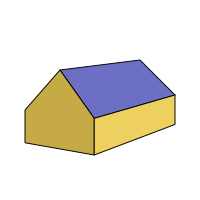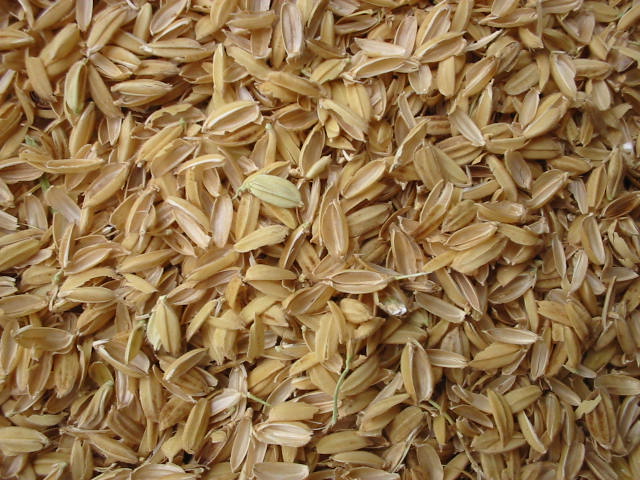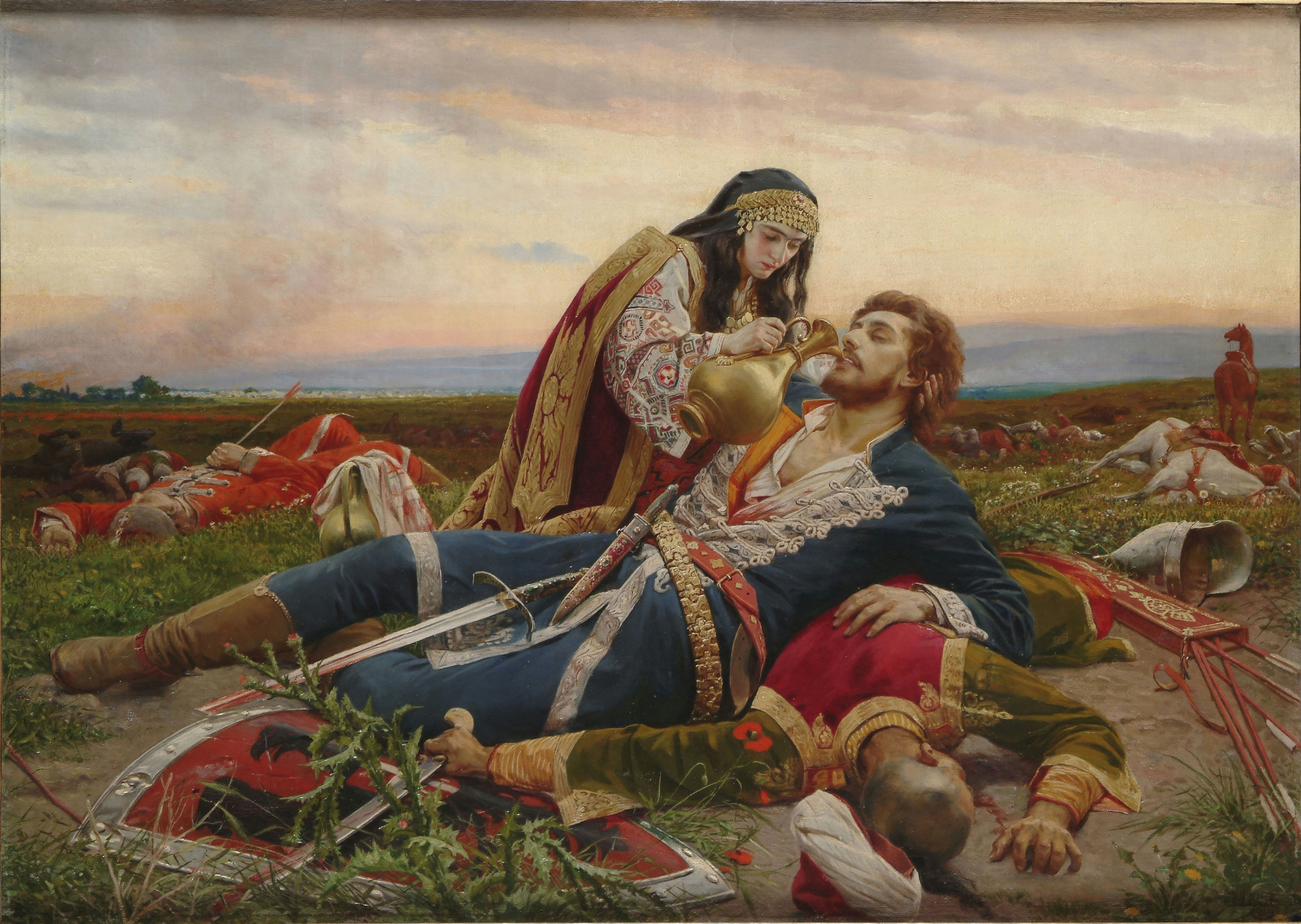|
Crkvine (Stubline)
Crkvine ( sr-Cyrl, Црквине, Church ground) is a Neolithic locality and an archaeological site in the village of Stubline in the municipality of Obrenovac, which is part of the City of Belgrade, the capital of Serbia. The Neolithic settlement is dated to the 5th millennium BC and was part of the Vinča culture. The research of the site began in 1962 and the locality was declared a cultural monument in 2014. The site gives an unprecedented possibility of researching the architecture and urbanism of the Vinča culture as it marks the previously unrecorded and unique settlement type of this cultural group. Taking in account its geographical position, a regular street-like layout of houses, close economic and, presumably, social connections with the surrounding contemporary settlements and beyond, the Crkvine settlement appears to be a "burgeoning proto-urban society", in the region bounded by three rivers, the Sava, Kolubara and Tamnava. Location Crkvine is located in t ... [...More Info...] [...Related Items...] OR: [Wikipedia] [Google] [Baidu] |
Serbia
Serbia (, ; Serbian language, Serbian: , , ), officially the Republic of Serbia (Serbian language, Serbian: , , ), is a landlocked country in Southeast Europe, Southeastern and Central Europe, situated at the crossroads of the Pannonian Basin and the Balkans. It shares land borders with Hungary to the north, Romania to the northeast, Bulgaria to the southeast, North Macedonia to the south, Croatia and Bosnia and Herzegovina to the west, and Montenegro to the southwest, and claims a border with Albania through the Political status of Kosovo, disputed territory of Kosovo. Serbia without Kosovo has about 6.7 million inhabitants, about 8.4 million if Kosvo is included. Its capital Belgrade is also the List of cities in Serbia, largest city. Continuously inhabited since the Paleolithic Age, the territory of modern-day Serbia faced Slavs#Migrations, Slavic migrations in the 6th century, establishing several regional Principality of Serbia (early medieval), states in the early Mid ... [...More Info...] [...Related Items...] OR: [Wikipedia] [Google] [Baidu] |
Maljen
Maljen ( sr, Маљен) () is a mountain in western Serbia, just south of the city of Valjevo. It is well known as a summer and winter resort. The highest peak is Kraljev Sto, at above sea level, followed by Crni Vrh at . On Maljen is situated resort Divčibare with 3 hotels, 24 holiday camps, two mountain lodges and two ski trails. During summer the slopes of the mountain are covered with flower meadows with white daffodils. After the successful 21st century program of brown bears protection on the Tara mountain, some to the southwest, by the 2020s bears re-appeared on the Maljen, too. Crna Reka Canyon The canyon of the Crna Reka river is located just below the Divčibare resort, to the north. A long path into the canyon, which includes hiking, descending or walking through water, was adapted for tourists. It starts at the Ljuti Krš peak, under which the river springs. The sides are very steep, at some sections almost vertical and are carved in the black magmatic rocks. ... [...More Info...] [...Related Items...] OR: [Wikipedia] [Google] [Baidu] |
Gable Roof
A gable roof is a roof consisting of two sections whose upper horizontal edges meet to form its ridge. The most common roof shape in cold or temperate climates, it is constructed of rafters, roof trusses or purlins. The pitch of a gable roof can vary greatly. Distribution The gable roof is so common because of the simple design of the roof timbers and the rectangular shape of the roof sections. This avoids details which require a great deal of work or cost and which are prone to damage. If the pitch or the rafter lengths of the two roof sections are different, it is described as an 'asymmetrical gable roof'. A gable roof on a church tower (gable tower) is usually called a 'cheese wedge roof' (''Käsbissendach'') in Switzerland. Its versatility means that the gable roof is used in many regions of the world. In regions with strong winds and heavy rain, gable roofs are built with a steep pitch in order to prevent the ingress of water. By comparison, in alpine regions, gable roo ... [...More Info...] [...Related Items...] OR: [Wikipedia] [Google] [Baidu] |
Chaff
Chaff (; ) is the dry, scaly protective casing of the seeds of cereal grains or similar fine, dry, scaly plant material (such as scaly parts of flowers or finely chopped straw). Chaff is indigestible by humans, but livestock can eat it. In agriculture it is used as livestock fodder, or is a waste material ploughed into the soil or burned. Etymology "Chaff" comes from Middle English ''chaf'', from Old English , related to Old High German ''cheva'', "husk". Grain chaff In grasses (including cereals such as rice, barley, oats, and wheat), the ripe seed is surrounded by thin, dry, scaly bracts (called glumes, lemmas and paleas), forming a dry husk (or hull) around the grain. Once it is removed it is often referred to as chaff. In wild cereals and in the primitive domesticated einkorn,Potts, D. T. (1996) ''Mesopotamia Civilization: The Material Foundations'' Cornell University Press. p. 62. . emmer and spelt wheats, the husks enclose each seed tightly. Before the grain can ... [...More Info...] [...Related Items...] OR: [Wikipedia] [Google] [Baidu] |
Wattle (construction)
Wattle is made by weaving flexible branches around upright stakes to form a woven lattice. The wattle may be made into an individual panel, commonly called a hurdle, or it may be formed into a continuous fence. Wattles also form the basic structure for wattle and daub wall construction, where wattling is '' daubed'' with a plaster-like substance to make a weather-resistant wall. History Evidence of wattle construction was found at Woodcutts Settlement from the British Iron Age,The Development of English Building Construction by C. F. Innocent (1916) and the Roman wrote about wattles in his book on architecture, '' [...More Info...] [...Related Items...] OR: [Wikipedia] [Google] [Baidu] |
Divostin
Divostin () is a village of the city of Kragujevac in the Šumadija district of Serbia. According to the 2011 census, there were 422 inhabitants. Over 100,000 Neolithic objects from Starčevo culture and Vinča culture were extracted in a number of searches between 1959 and 1971. Ceramics of the Cernavodă culture dating to the Early and Middle Bronze Age have been found in Divostin. The Flores company, a renowned producer of exported rakija Rakia, Rakija, Rachiu or Raki (), is the collective term for fruit spirits (or fruit brandy) popular in the Balkans. The alcohol content of rakia is normally 40% ABV, but home-produced rakia can be stronger (typically 50%). Etymology Fruit sp ..., is headquartered in Divostin. References Populated places in Šumadija District {{ŠumadijaRS-geo-stub ... [...More Info...] [...Related Items...] OR: [Wikipedia] [Google] [Baidu] |
Reconstruction Of The Eneolithic Village Crkvine-Stubline, Serbia, Seen From The Southwest
Reconstruction may refer to: Politics, history, and sociology * Reconstruction (law), the transfer of a company's (or several companies') business to a new company *''Perestroika'' (Russian for "reconstruction"), a late 20th century Soviet Union political movement *Critical reconstruction, an architectural theory related to the reconstruction of Berlin after the end of the Berlin Wall * Economic reconstruction *Ministry of Reconstruction, a UK government department *The Reconstruction era of the United States, the period after the Civil War, 1865–1877 ** The Reconstruction Acts, or Military Reconstruction Acts, addressing requirements for Southern States to be readmitted to the Union *Reconstruction Finance Corporation, a United States government agency from 1932–1957 Arts, entertainment, and media Films * ''Reconstruction'' (1968 film), a Romanian tragicomedy * ''Reconstruction'' (2001 film), about the 1959 Ioanid Gang bank heist in Romania * ''Reconstruction'' (2003 film) ... [...More Info...] [...Related Items...] OR: [Wikipedia] [Google] [Baidu] |
Carbon-14
Carbon-14, C-14, or radiocarbon, is a radioactive isotope of carbon with an atomic nucleus containing 6 protons and 8 neutrons. Its presence in organic materials is the basis of the radiocarbon dating method pioneered by Willard Libby and colleagues (1949) to date archaeological, geological and hydrogeological samples. Carbon-14 was discovered on February 27, 1940, by Martin Kamen and Sam Ruben at the University of California Radiation Laboratory in Berkeley, California. Its existence had been suggested by Franz N. D. Kurie, Franz Kurie in 1934. There are three naturally occurring isotopes of carbon on Earth: carbon-12 (), which makes up 99% of all carbon on Earth; carbon-13 (), which makes up 1%; and carbon-14 (), which occurs in trace amounts, making up about 1 or 1.5 atoms per 1012 atoms of carbon in the atmosphere. Carbon-12 and carbon-13 are both stable, while carbon-14 is unstable and has a half-life of 5,730 ± 40 years. Carbon-14 decays into nitrogen-14 () through bet ... [...More Info...] [...Related Items...] OR: [Wikipedia] [Google] [Baidu] |
Balkans
The Balkans ( ), also known as the Balkan Peninsula, is a geographical area in southeastern Europe with various geographical and historical definitions. The region takes its name from the Balkan Mountains that stretch throughout the whole of Bulgaria. The Balkan Peninsula is bordered by the Adriatic Sea in the northwest, the Ionian Sea in the southwest, the Aegean Sea in the south, the Turkish Straits in the east, and the Black Sea in the northeast. The northern border of the peninsula is variously defined. The highest point of the Balkans is Mount Musala, , in the Rila mountain range, Bulgaria. The concept of the Balkan Peninsula was created by the German geographer August Zeune in 1808, who mistakenly considered the Balkan Mountains the dominant mountain system of Southeast Europe spanning from the Adriatic Sea to the Black Sea. The term ''Balkan Peninsula'' was a synonym for Rumelia in the 19th century, the European provinces of the Ottoman Empire. It had a ge ... [...More Info...] [...Related Items...] OR: [Wikipedia] [Google] [Baidu] |
Grabovac (Obrenovac)
Grabovac is a village located in the municipality of Obrenovac, Belgrade Belgrade ( , ;, ; Names of European cities in different languages: B, names in other languages) is the Capital city, capital and List of cities in Serbia, largest city in Serbia. It is located at the confluence of the Sava and Danube rivers a ..., Serbia. As of 2011 census, it has a population of 2,401 inhabitants. References External links Suburbs of Belgrade {{BelgradeRS-geo-stub ... [...More Info...] [...Related Items...] OR: [Wikipedia] [Google] [Baidu] |
Vukićevica
Vukićevica ( sr, Вукићевица) is a village located in the municipality of Obrenovac, Belgrade, Serbia. As of 2011 census, it has a population of 584 inhabitants. Jasenje Neolithic site In the locality of Jasenje, the remains of Neolithic site were explored in 1967 by Jovan Todorović, a curator of the Belgrade City Museum. 2018 toxic waste incident Vukićevica made nationwide headlines in December 2017 when 22 to 25 tons of waste were found in the village, buried into the ground on the lot of the local entrepreneur Zoran Marković. Waste was packed in 89 tin barrels. Several days later, on a different lot, but also owned by the Marković family, additional 60 barrels and five plastic containers were discovered, being partially dug and scattered around. On the same day, in the village of Veliko Polje, west of Vukićevica, but also in the Obrenovac municipality, 18 tons of waste in 100 tin barrels were discovered in a warehouse. Environment minister Goran Trivan sta ... [...More Info...] [...Related Items...] OR: [Wikipedia] [Google] [Baidu] |
Belgrade City Museum
The Belgrade City Museum ( sr-cyr, Музеј Града Београда) is a museum located in Belgrade, Serbia. Founded in 1903, the museum operates with several cultural institutions: Ivo Andrić Museum, Princess Ljubica's Residence, Paja Jovanović Museum, Banjica Concentration Camp Museum, Collection of Icons Sekulić, Archaeological Site Vinča and Jovan Cvijić Museum. The Belgrade City Museum contains over 2,500 paintings, graphics, aquarelles and drawings. It contains numerous paintings by Serbian painters Paja Jovanović, Sava Šumanović, Uroš Predić, Nadežda Petrović, Petar Lubarda and others. Among others, it contains paintings and graphics by foreign artists Albrecht Dürer, Miklós Barabás and Jean-Baptiste-Camille Corot. Collections The Belgrade City Museum collections are: * Prehistory * Antique * Middle Ages * Coins and Medals * Arheogical site Vinca * History of Belgrade 1521-1941 * History of Belgrade since 1941 * Fine Arts and Music before 1950 ... [...More Info...] [...Related Items...] OR: [Wikipedia] [Google] [Baidu] |


